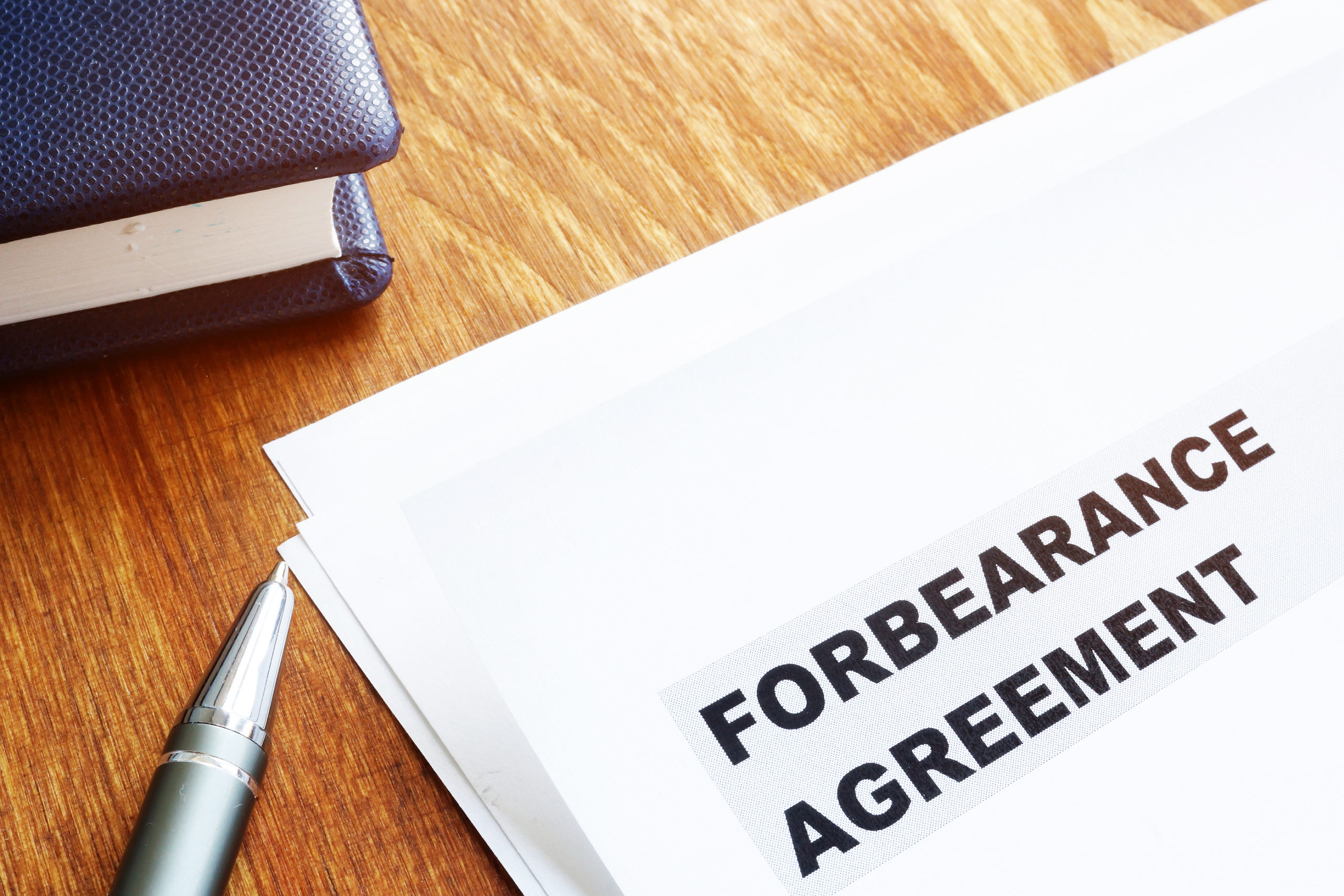For seniors looking for a new venture, house flipping offers a compelling blend of creativity…

Consider forbearance to avoid foreclosure if you’re falling behind on your mortgage. A forbearance agreement is a short term solution that provides you with an opportunity to avoid foreclosure.
If you are experiencing a temporary hardship, keep reading to find out how forbearance can help you save your house until you get back on your feet.
Forbearance Versus Loan Modification
Loan modification is a permanent restructuring of your mortgage. Your lender modifies the terms of your loan, including interest rate and length of loan. This provides a more affordable monthly loan payment.
Loan modifications are reasonable considerations for borrowers who experience a life change, such as divorce, disability, or death.
Forbearance agreements provide temporary relief to homeowners who want to save their house from foreclosure. Your lender reduces or suspends monthly mortgage payments for an agreed-upon period of time.
A forbearance agreement works for borrowers who have hit a temporary bump in their financial situation. This may include changing jobs or a change in job structure such as reduced hours or reduced salary. It can also be helpful if you’re unable to work because of family obligations like a death or illness that requires your immediate attention.
Why You Should Ask Your Lender About Forbearance
Forbearance is meant to allow a borrower time to get back on their feet while resolving their temporary financial crisis. It works especially well for borrowers with a good mortgage history. Lenders are often eager to work with homeowners rather than seek foreclosure. They are interested in offering relief and preserving a solid financial relationship with good borrowers.
Fannie Mae announced payment deferral for homeowners affected by Covid-19. in May of this year.
Forbearance Options
Contact your mortgage lender and ask to speak to a mortgage specialist. You should set up an appointment with that person and formally ask them to consider a forbearance agreement. They will require documentation of your financial setback. This documentation may include:
- Proof of your current income.
- Bank statements
- Other financial statements
- Recent tax returns
- A letter from your employer that describes the reason for a layoff or reduced hours/income
- A formal hardship letter from the borrower that describes the reason for the forbearance request, how long it the hardship will last, and when the borrower can expect to resume their mortgage obligation.
Your bank’s mortgage specialist will review your documentation and propose an agreement that allows you to save your house rather than foreclose. They will either suspend your mortgage for a specified length of time or reduce the monthly mortgage payment. Your forbearance agreement will include a specific date when the regular monthly mortgage amount will resume. The bank will also provide a plan for paying back the missed or reduced payments. This can either be paying the suspended or reduced payments in a lump sum or creating a repayment loan.
The Bottom Line
The goal of a forbearance agreement is to provide relief to a borrower over a specified period of time, as well as bringing the loan current by the end of the forbearance period.
If you want to save your house, a forbearance agreement is an option that works. It also preserves your credit, but it only works for you if you act quickly. Don’t fall so far behind that your bank questions your repayment intentions. The sooner you communicate with your lender, the sooner you can start getting back on your feet.
Call your bank today to request a forbearance agreement to save your home.


